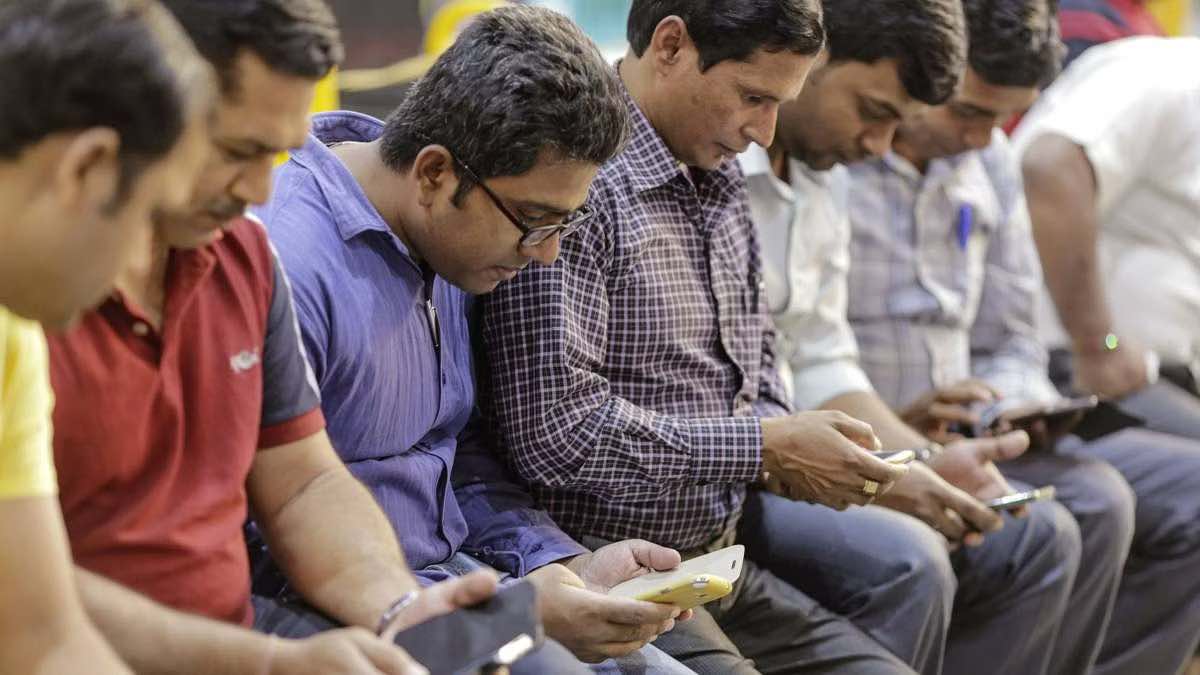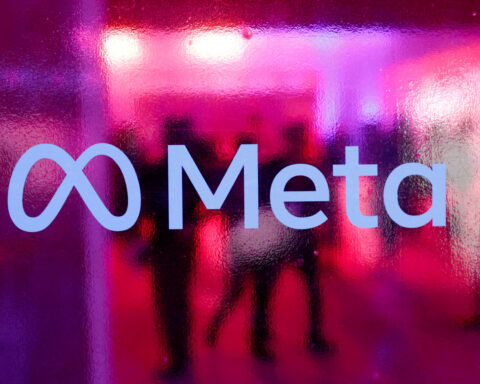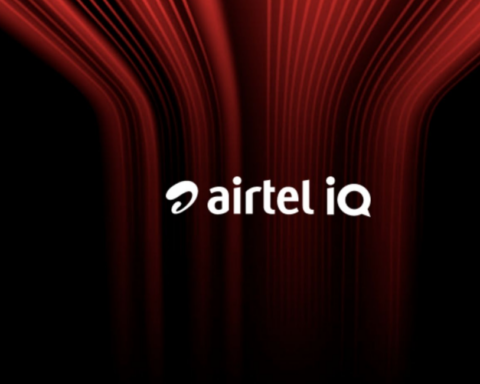A new report by The Trade Desk and Kantar has found that nearly 600 million users in India are accessing the open internet, which comprises news and general websites, over-the-top (OTT) and connected TV (CTV), music streaming, and online gaming. This marks a significant shift away from walled gardens such as social media, user-generated content (UGC) platforms, and live game streaming. The report indicates that in 2022, four in five consumers increased their consumption of the open internet.
The research reveals that although more users are consuming content on the open internet, digital advertising in India has not fully capitalized on this growth. While half of the average consumer’s digital media consumption time (307 hours per month) is spent on the open internet, walled gardens still command 5.5 times more ad spend in India than the open internet, which only accounts for 15% of India’s digital ad budget.
The report also highlights a preference for Hindi and local language content, which is fueling the adoption of the open internet. This content outperforms western content, with Hindi content dominating amongst OTT/CTV viewers, followed by local languages and western content.
The study found that consumers perceive brands that advertise on the open internet, particularly on OTT/CTV, as premium. Consumers are also more likely to purchase products advertised on news/websites than on social media.
The report shows that media on the open internet is deeply rooted in consumers’ daily lives, with higher consumption during downtime, such as before lunch and after work. Consumption spikes in the evenings between 7 p.m. and 12 a.m., with co-viewing of OTT content becoming a social activity during this time.
Tejinder Gill, General Manager of The Trade Desk, India, suggests that as consumers spend more time on the open internet, it is becoming an increasingly important platform for advertisers to reach their target audience. The CPG (consumer packaged goods) vertical, in particular, has been quick to embrace the potential of the open internet for advertising. Gill argues that walled gardens do not offer full transparency and limited access to measurement, attribution, and reporting data for campaigns across channels, making it difficult for marketers to measure performance and understand what really works.






